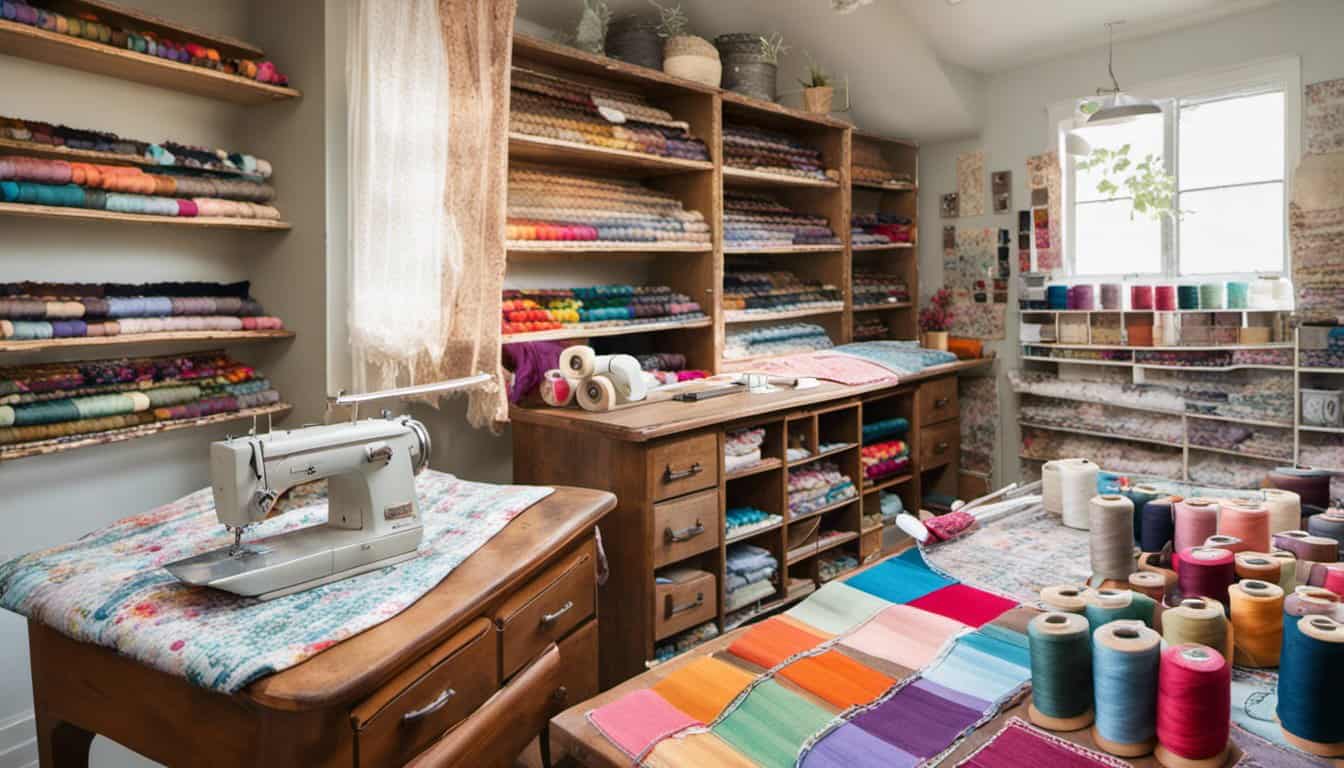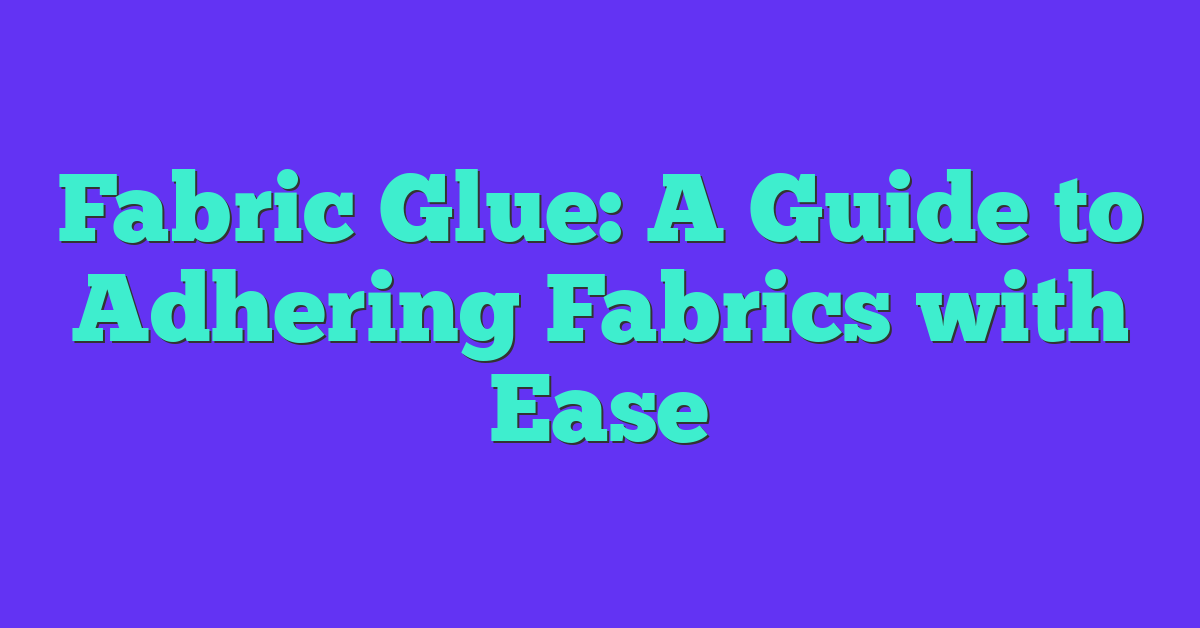Fabric glue is a versatile adhesive that can be used for a variety of projects. Whether you are a seasoned seamstress or a beginner crafter, fabric glue can be a great alternative to traditional sewing methods. It is easy to use and can bond fabric quickly and securely.
Understanding fabric glue and how it works is important before choosing the right one for your project. Fabric glue works by creating a temporary or permanent bond between two pieces of fabric. It is typically made from a combination of synthetic materials that are designed to stick to fabric. There are different types of fabric glue available, including washable and non-washable options, as well as those that are specifically designed for use with certain fabrics.
Choosing the right fabric glue for your project is crucial to ensure that it will hold up over time. It is important to consider the type of fabric you are working with, as well as the strength and durability required for your project. Fabric glue can be used for a variety of projects, including hemming pants, repairing tears, and creating no-sew projects. It is a great alternative to sewing for those who do not have access to a sewing machine or prefer not to sew.
Key Takeaways
- Fabric glue is a versatile adhesive that can be used for a variety of projects.
- Understanding the different types of fabric glue and how they work is important before choosing the right one for your project.
- Fabric glue can be a great alternative to traditional sewing methods for those who do not have access to a sewing machine or prefer not to sew.
Understanding Fabric Glue
As someone who loves to sew, I know that sometimes, using a needle and thread can be a bit of a hassle. That’s where fabric glue comes in! Fabric glue is a type of adhesive that can be used to bond fabrics together without the need for sewing. In this section, I’ll be discussing what fabric glue is and the different types that are available.
What is Fabric Glue?
Fabric glue is a type of adhesive that is specifically designed for use with fabrics. It can be used to bond two pieces of fabric together permanently or temporarily. Fabric glue is great for use on fabrics that are difficult to sew, such as leather or suede. It can also be used to attach embellishments to fabrics, such as rhinestones or sequins.
Types of Fabric Glue
There are several types of fabric glue available on the market, each with its own unique properties. Here are some of the most popular types:
| Type of Fabric Glue | Description |
|---|---|
| Permanent Fabric Glue | This type of fabric glue creates a strong, permanent bond between fabrics. It is ideal for use on fabrics that will be washed or dry cleaned. |
| Temporary Fabric Glue | This type of fabric glue creates a temporary bond between fabrics that can be easily removed. It is great for use in situations where you need to hold fabrics together temporarily, such as when hemming pants. |
| Spray Adhesive | This type of fabric glue is applied in a spray form and creates a strong, permanent bond between fabrics. It is ideal for use on large pieces of fabric. |
| Gorilla Fabric Glue | This is a popular brand of fabric glue that creates a strong, permanent bond between fabrics. It is waterproof and can be used on both natural and synthetic fabrics. |
| Aleene’s Fabric Fusion | This is another popular brand of fabric glue that creates a strong, permanent bond between fabrics. It is machine washable and can be used on both natural and synthetic fabrics. |
| Tear Mender Instant Fabric and Leather Adhesive | This is a unique type of fabric glue that is designed to bond fabrics and leather together. It creates a strong, permanent bond and is ideal for use on items such as jackets or bags. |
| Aleene’s Platinum Bond Super Fabric Adhesive | This is a heavy-duty fabric glue that creates a strong, permanent bond between fabrics. It is ideal for use on heavy fabrics such as denim or canvas. |
In conclusion, fabric glue is a great alternative to sewing and can be used to bond fabrics together permanently or temporarily. There are several types of fabric glue available on the market, each with its own unique properties. When choosing a fabric glue, it’s important to consider the type of fabric you will be using it on and the strength of the bond you require.
How Fabric Glue Works
Fabric glue is an adhesive that is used to bond fabrics together without the need for sewing. It is a time-saving alternative that can be used to cut down on sewing time. Fabric glue is not a replacement for sewing, but it can be used in certain areas to make the sewing process easier.
Fabric glue works by creating a permanent bond between two pieces of fabric. The glue is applied to one piece of fabric, and then the two pieces of fabric are pressed together. The glue dries clear, leaving no visible residue. This makes it ideal for use on fabrics that are delicate or transparent.
One of the benefits of fabric glue is that it is flexible and strong. This means that it can be used to bond fabrics that need to be able to move and stretch, such as clothing or upholstery. The glue also dries clear, which means that it will not be visible on the fabric once it has dried.
When using fabric glue, it is important to work quickly as the glue dries quickly. This means that you need to apply the glue to one piece of fabric and then press the two pieces of fabric together as soon as possible. The working time of fabric glue varies depending on the brand and type of glue that you are using.
In summary, fabric glue is a clear, flexible adhesive that creates a strong, permanent bond between two pieces of fabric. It is a time-saving alternative to sewing that can be used to cut down on sewing time. Fabric glue dries clear, leaving no visible residue, making it ideal for use on delicate or transparent fabrics. When using fabric glue, it is important to work quickly as the glue dries quickly.
Choosing the Right Fabric Glue
When it comes to selecting the right fabric glue, there are a few things to consider. In this section, I will provide some tips to help you choose the best fabric glue for your project.
Considerations for Selecting Fabric Glue
Type of fabric: The type of fabric you are using will determine the type of glue you need. For example, if you are working with delicate fabrics like silk or lace, you will need a gentle and lightweight glue that won’t damage the fabric. On the other hand, if you are working with heavy-duty fabrics like denim or canvas, you will need a stronger and more durable glue.
Intended use: What are you using the glue for? Is it for a temporary fix or a permanent bond? If you are looking for a temporary fix, you might want to consider a spray adhesive or a glue stick. If you need a permanent bond, you will want to look for a fabric glue that is specifically designed for that purpose.
Drying time: How fast do you need the glue to dry? Some fabric glues dry quickly, while others take longer to set. If you are working on a time-sensitive project, you will want to choose a glue that dries quickly.
Washability: If your project will be exposed to water or needs to be washed, you will want to choose a fabric glue that is waterproof and can withstand washing. Check the label to make sure the glue is machine washable.
Top-Rated Fabric Glues
After conducting research and reading reviews, I have compiled a list of some of the top-rated fabric glues on the market:
| Brand | Type | Size | Rating |
|---|---|---|---|
| Beacon Fabri-Tac Permanent Adhesive | Liquid | 4 fl oz | 4.5/5 |
| Gorilla Waterproof Fabric Glue | Liquid | 2.5 fl oz | 4.4/5 |
| Aleene’s Original Tacky Glue | Liquid | 4 fl oz | 4.7/5 |
| Odif USA 505 Spray Fabric Adhesive | Spray | 12.4 oz | 4.5/5 |
| Tear Mender Instant Fabric and Leather Adhesive | Liquid | 6 fl oz | 4.4/5 |
The Beacon Fabri-Tac Permanent Adhesive is one of the best fabric glues on the market. It is a liquid glue that dries clear and remains flexible, making it ideal for a variety of fabrics. It is also machine washable and can be used for both temporary and permanent bonds.
Gorilla Waterproof Fabric Glue is another popular option. It is a liquid glue that dries clear and is waterproof, making it ideal for outdoor projects or items that will be exposed to water. It is also machine washable and can be used for both temporary and permanent bonds.
In conclusion, selecting the right fabric glue is important for the success of your project. Consider the type of fabric, intended use, drying time, and washability when choosing a fabric glue. The top-rated fabric glues listed above are excellent options to consider.
Application of Fabric Glue
Fabric glue is a versatile and convenient alternative to traditional sewing methods. It can be used for a variety of applications, including mending torn fabric, attaching clothing pieces, and creating personalized appliqués and intricate embellishments. In this section, I will discuss the preparation, application process, and drying and curing time for fabric glue.

Preparation
Before applying fabric glue, it is important to prepare the surfaces to be bonded. Clean the surfaces thoroughly and ensure they are dry and free of any dirt or debris. For best results, it is recommended to wash and dry the fabric before application.
Application Process
Fabric glue can be applied in a variety of ways, including using a bottle with a precision tip, a brush, or a cotton swab. It is important to apply the glue sparingly and evenly to avoid any excess glue seeping through the fabric.
To apply the glue using a bottle with a precision tip, gently squeeze the bottle and apply the glue in a thin line to the fabric. For larger areas, use a brush or cotton swab to apply the glue evenly over the surface.
When applying fabric glue, it is important to protect your eyes and fingers. Wear gloves to avoid getting glue on your skin, and avoid touching your eyes or face during the application process.
Drying and Curing Time
« Babylock Lyric Pricing: How Much Does It Cost?
Oil for Sewing Machine: Your Guide to Keeping It Running Smoothly »
After applying fabric glue, allow it to dry and cure according to the manufacturer’s instructions. Drying and curing times may vary depending on the type of glue and the surfaces being bonded.
For best results, it is recommended to allow the glue to dry for at least 24 hours before washing or wearing the fabric. Be sure to follow the manufacturer’s instructions for washing and caring for the fabric after application.
In summary, fabric glue is a convenient and versatile alternative to traditional sewing methods. By following the preparation, application, and drying and curing time guidelines, you can achieve strong and long-lasting bonds between fabric surfaces.
Fabric Glue for Different Materials
As someone who loves to craft and create, I know how important it is to have the right tools for the job. When it comes to fabric glue, it’s essential to choose the right one for the materials you’re working with. In this section, I’ll cover the best fabric glues for different fabrics and non-fabric materials.
Fabric Glue for Different Fabrics
When it comes to fabric, there are many different types, and each one requires a different type of fabric glue. Here are some of the most common fabrics and the best fabric glue to use:
Felt: Felt is a popular fabric for crafting, and Aleene’s Original Tacky Glue is the best fabric glue for it. It dries clear and is perfect for bonding felt to felt or felt to other materials.
Canvas: If you’re working with canvas, E6000 Craft Adhesive is the way to go. It’s waterproof and heat-resistant, making it perfect for outdoor projects.
Leather: Leather can be a tricky material to work with, but Aleene’s Leather & Suede Glue makes it easy. It’s specially formulated to bond leather and suede and dries clear.
Cotton: For cotton fabrics, Aleene’s Original Tacky Glue is a great choice. It’s non-toxic, dries clear, and is perfect for bonding cotton to cotton or cotton to other materials.
Fabric Glue for Non-Fabric Materials
While fabric glue is primarily used for fabric, it can also be used to bond non-fabric materials. Here are some of the best fabric glues for non-fabric materials:
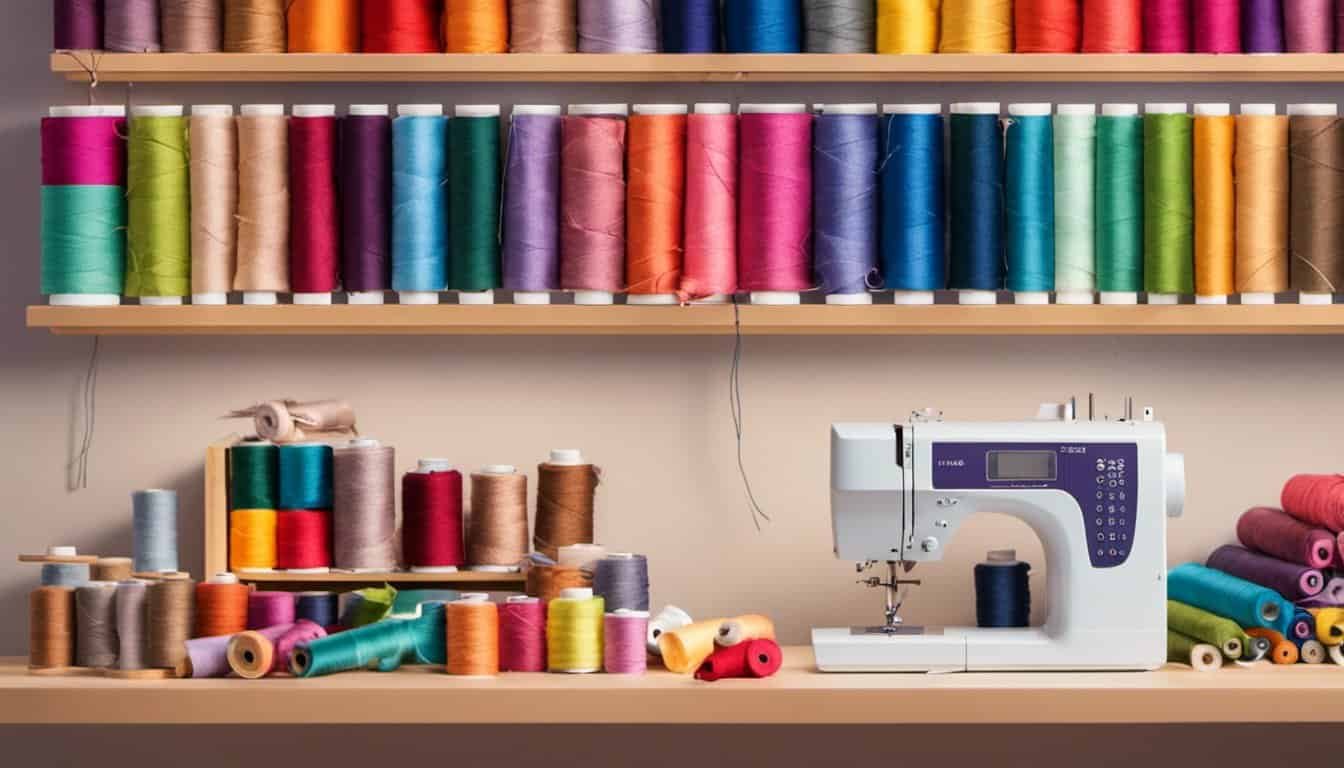
Wood: When it comes to bonding wood, Aleene’s Original Tacky Glue is a great choice. It dries clear and is perfect for bonding wood to wood or wood to other materials.
Plastic: For bonding plastic, E6000 Craft Adhesive is the way to go. It’s waterproof and heat-resistant, making it perfect for outdoor projects.
Metal: If you’re working with metal, Aleene’s Jewelry & Metal Glue is the best fabric glue to use. It’s specially formulated to bond metal and dries clear.
In conclusion, choosing the right fabric glue for the materials you’re working with is essential for a successful project. By using the right glue, you can ensure that your project will be strong and long-lasting.
Fabric Glue for Various Projects
When it comes to crafting and DIY projects, fabric glue can be a lifesaver. It’s a versatile adhesive that can be used for a wide range of projects, from repairing clothing to creating custom costumes. In this section, I will discuss how to use fabric glue for different projects, including craft projects, outdoor use, and clothing and upholstery repair.
Craft Projects
Fabric glue is perfect for crafting projects that involve fabric, such as making custom costumes or creating decorative trim. It can also be used to add beads, patches, or other embellishments to fabric. When working on a craft project with fabric glue, it’s important to choose the right type of glue for the job. Some fabric glues are better suited for heavier fabrics, while others work best on lighter fabrics.
Outdoor Use
If you’re working on an outdoor project, such as making a tent or boat cover, fabric glue can be a great alternative to sewing. It’s a quick and easy way to create strong, waterproof seams without the need for a sewing machine. When using fabric glue for outdoor projects, make sure to choose a waterproof glue that can withstand the elements.
Clothing and Upholstery Repair
Fabric glue can also be used for repairing clothing and upholstery. It’s a great way to fix hems, tears, and other small issues without the need for sewing. When using fabric glue for clothing and upholstery repair, it’s important to choose a glue that is strong and flexible. Look for a glue that is specifically designed for this type of use.
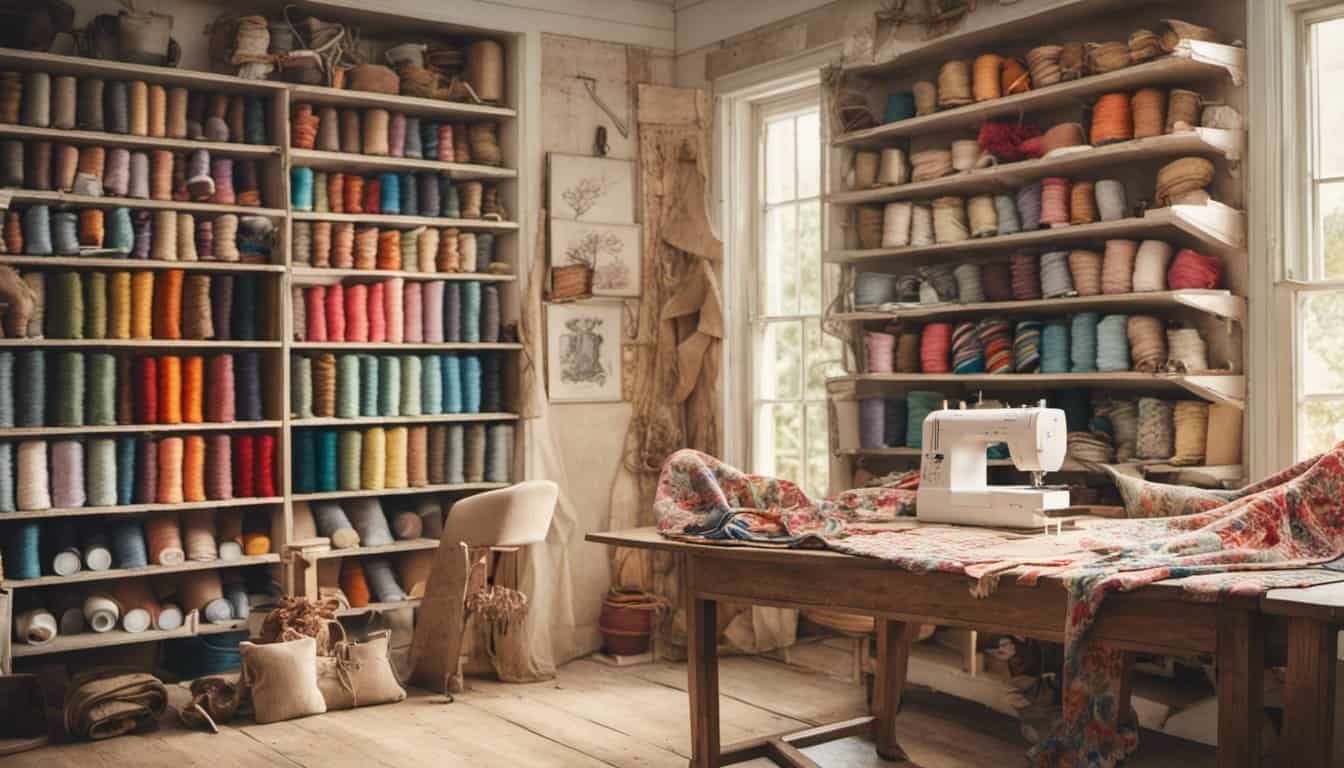
In conclusion, fabric glue can be a versatile and useful tool for a wide range of projects. Whether you’re working on a DIY project or repairing clothing and upholstery, fabric glue can help you get the job done quickly and easily. Just be sure to choose the right type of glue for the job and follow the instructions carefully to ensure a strong and lasting bond.
Fabric Glue Vs. Sewing
When it comes to attaching fabrics or embellishments to a garment, there are two main methods: sewing and using fabric glue. As someone who loves crafting, sewing, or DIY, I have often wondered whether I should use fabric glue or sewing for my projects.
Sewing
Sewing is a traditional method of attaching fabrics together using a needle and thread. It is a permanent and structural bond that can withstand washing and everyday wear and tear. Sewing also allows for more creativity in your projects as you can choose from a variety of stitches and thread colors.
However, sewing can be time-consuming, especially for larger projects. It also requires some level of skill and practice to get the stitches right and ensure a strong bond.
Fabric Glue
Fabric glue, on the other hand, is an alternative to sewing that provides a stitch-free bond. It is quick and easy to use, making it ideal for temporary bonds and small projects. Fabric glue also allows you to attach embellishments that would take too long to sew.
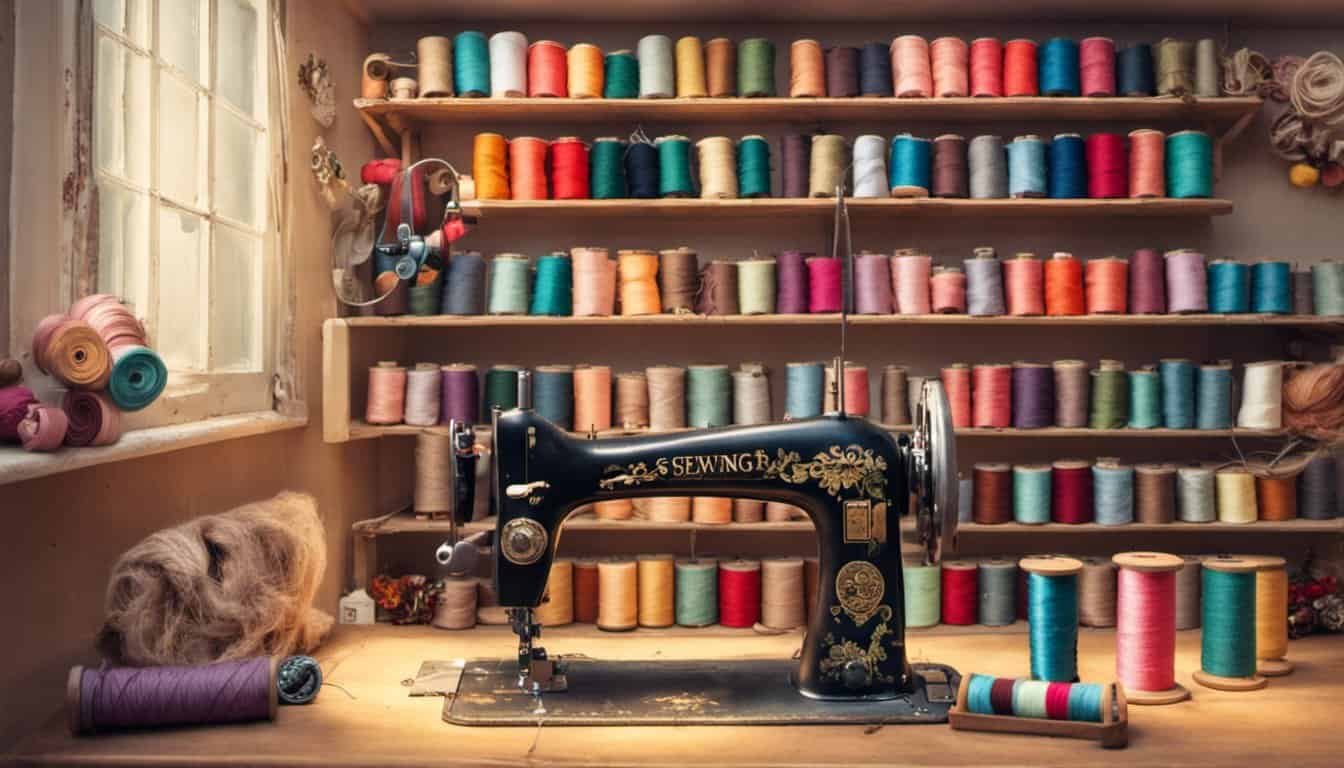
However, fabric glue is not as strong as sewing and may not withstand washing and everyday wear and tear. It also has a long dry time, which can be up to 48 hours for a complete cure.
Which One to Use?
The choice between fabric glue and sewing depends on the project at hand. If you need a permanent and structural bond, sewing is the way to go. If you need a quick and easy solution for temporary bonds or attaching embellishments, fabric glue is the better option.
Another option is to combine sewing and fabric glue for extra strength and creativity in your projects. Sewing can provide the permanent bond, while fabric glue can be used for quick fixes and attaching embellishments.
In conclusion, both sewing and fabric glue have their advantages and disadvantages. The choice between the two depends on the project at hand and your personal preference. As for me, I like to use both methods depending on the situation.
Care and Maintenance of Fabric Glue
When it comes to using fabric glue, proper care and maintenance are essential to ensure a strong bond between the fabric pieces. Here are a few tips to help you take care of your fabric glue:

Washability
If you are using fabric glue to attach embellishments or patches to your garments, you may be wondering if the glue is washable. The good news is that most fabric glues are designed to be washable, but it is important to follow the manufacturer’s instructions for washing.
Waterproofing
If you are using fabric glue for outdoor projects or items that will be exposed to water, you may want to consider using a waterproof fabric glue. These types of glues are designed to withstand exposure to water and moisture, and they will not break down or lose their adhesive properties.
Washing
If you have used fabric glue on a garment that needs to be washed, it is important to follow the washing instructions carefully. In general, most fabric glues are safe to use in the washing machine, but it is a good idea to check the manufacturer’s instructions to be sure.
Machine Washable
If you are looking for a fabric glue that is specifically designed to be machine washable, there are several options available on the market. These glues are formulated to withstand the rigors of the washing machine and will not break down or lose their adhesive properties.
Storage
Proper storage is also important when it comes to caring for your fabric glue. Be sure to store your glue in a cool, dry place, and keep the cap tightly sealed when not in use. This will help to prevent the glue from drying out or becoming less effective over time.

By following these simple tips, you can help to ensure that your fabric glue stays strong and effective for all of your crafting and repair needs.
Safety Measures and Precautions
When working with fabric glue, it is important to take certain safety measures and precautions to avoid any potential harm or injury. Here are some tips to keep in mind:
Non-Toxic and Acid-Free
Firstly, it is important to ensure that the fabric glue you are using is non-toxic and acid-free. This will help to prevent any harmful chemicals or substances from coming into contact with your skin or being inhaled during use.
Skin Contact
If you do get fabric glue on your skin, it is important to act quickly. Remove any contaminated clothing and rinse the affected area with water. If necessary, use soap to help remove the glue. Avoid using solvents or other chemicals, as these can irritate the skin and cause further damage.
Ventilation
When using fabric glue, it is important to work in a well-ventilated area. This will help to prevent any harmful fumes or vapors from building up and being inhaled. If possible, use a fan or open a window to improve air circulation.

Protective Gear
To further protect yourself when working with fabric glue, consider wearing protective gear such as gloves or a mask. This will help to prevent any accidental exposure to the glue and reduce the risk of skin or respiratory irritation.
By following these safety measures and precautions, you can help to ensure that your experience with fabric glue is a safe and enjoyable one.
Conclusion
In my experience, fabric glue is a reliable and convenient alternative to traditional sewing techniques. It can create a strong and durable bond between fabric pieces, making it an excellent choice for a variety of projects.
One of the advantages of fabric glue is that it is easy to use, even for those with limited sewing skills. Simply apply the glue directly onto the fabric surfaces you wish to bond, press firmly, and let it dry. Some types of fabric glue can even be washed and dried, making them ideal for clothing repairs.
It is important to note that the effectiveness of fabric glue depends on several factors, including the type of fabric used, meticulous surface preparation, precise application technique, and appropriate drying time. To ensure a strong and long-lasting bond, it is essential to follow the manufacturer’s instructions carefully.
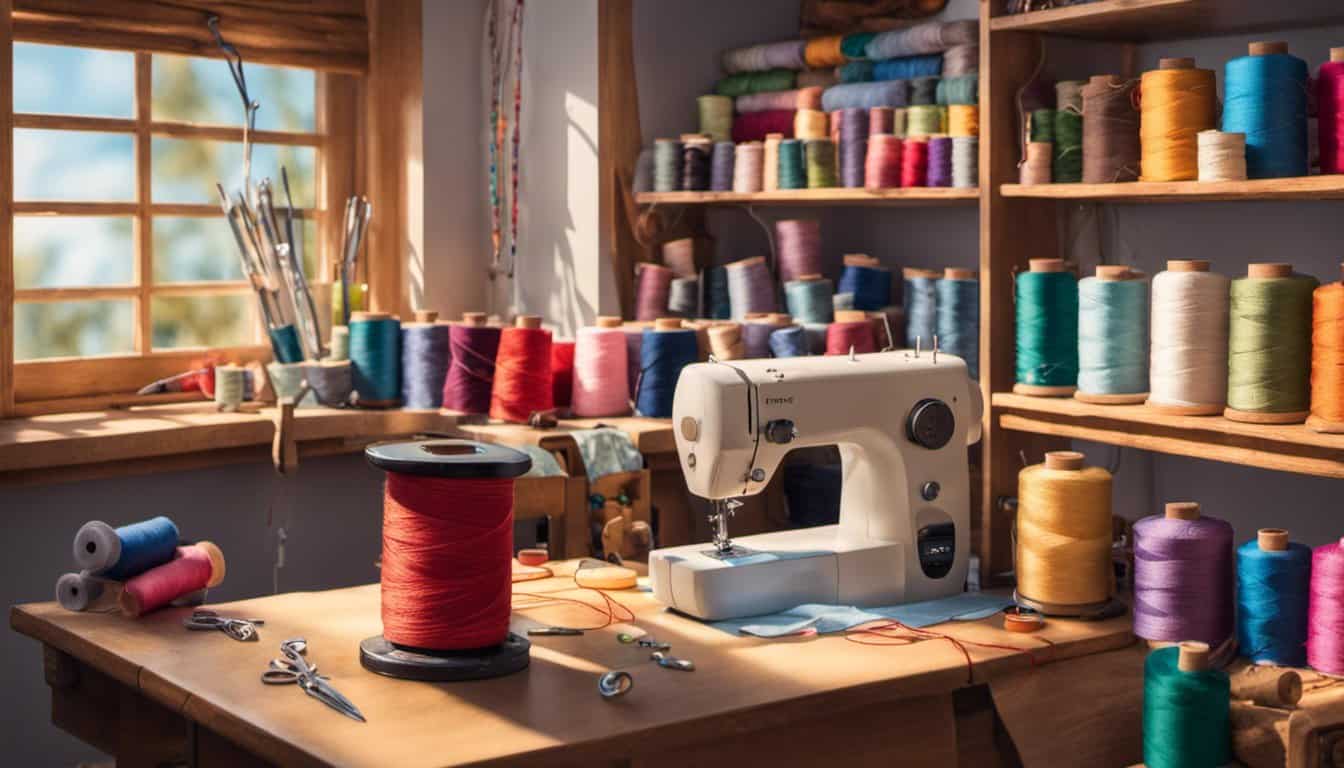
Overall, fabric glue can be a great addition to any crafter’s toolbox. Whether you are working on a small repair or a larger project, fabric glue can help you create a strong and durable bond quickly and easily. So, if you are looking for a convenient and effective alternative to traditional sewing techniques, consider giving fabric glue a try!
Frequently Asked Questions
Can you use fabric glue on jeans?
Yes, fabric glue can be used on jeans. It is a great alternative to sewing for small repairs, hemming, and attaching patches. However, it is important to note that fabric glue may not be as durable as sewing, especially for heavy-duty items like jeans. If you are using fabric glue on jeans, make sure to follow the manufacturer’s instructions carefully and allow enough time for the glue to dry before wearing or washing the garment.
What is the best glue for fabric?
There are several types of fabric glue available on the market, each with its own strengths and weaknesses. Some popular options include Aleene’s Original Tacky Glue, Dritz Unique Stitch, and Beacon Fabri-Tac. The best glue for fabric will depend on the specific project you are working on, the type of fabric you are using, and your personal preferences. It is always a good idea to test the glue on a small, inconspicuous area of the fabric before using it on a larger scale.
How long does fabric glue take to dry?
The drying time for fabric glue will depend on the type of glue you are using and the conditions in which you are working. Generally, most fabric glues will dry within 24 hours, but some may take longer or shorter depending on the humidity and temperature of the environment. It is important to follow the manufacturer’s instructions carefully and allow enough time for the glue to dry completely before handling or washing the fabric.
Is fabric glue washable?
Yes, most fabric glues are washable. However, it is important to check the label of the specific glue you are using to ensure that it is safe for washing. Some fabric glues may require special care when washing, such as washing in cold water or avoiding the use of certain detergents. Always follow the manufacturer’s instructions for washing and caring for fabrics that have been glued.

What is the difference between fabric glue and sewing?
Fabric glue and sewing are both methods for attaching fabrics together, but they have some key differences. Sewing involves using a needle and thread to create a strong, permanent bond between fabrics. Fabric glue, on the other hand, uses an adhesive to bond fabrics together without the need for sewing. Fabric glue can be a great alternative to sewing for small repairs or projects, but it may not be as durable or long-lasting as sewing for heavy-duty items.
Where can I buy fabric glue?
Fabric glue can be found at most craft stores, fabric stores, and online retailers. Some popular retailers that carry fabric glue include Michaels, Joann, and Amazon. When shopping for fabric glue, be sure to check the label to ensure that the glue is suitable for your specific project and fabric type.
